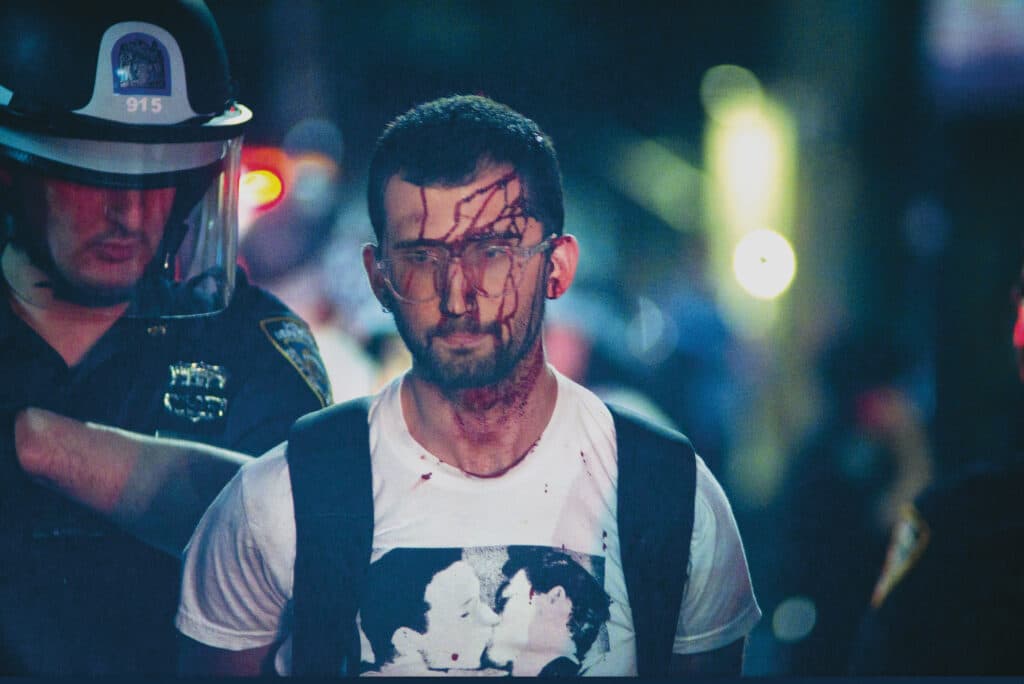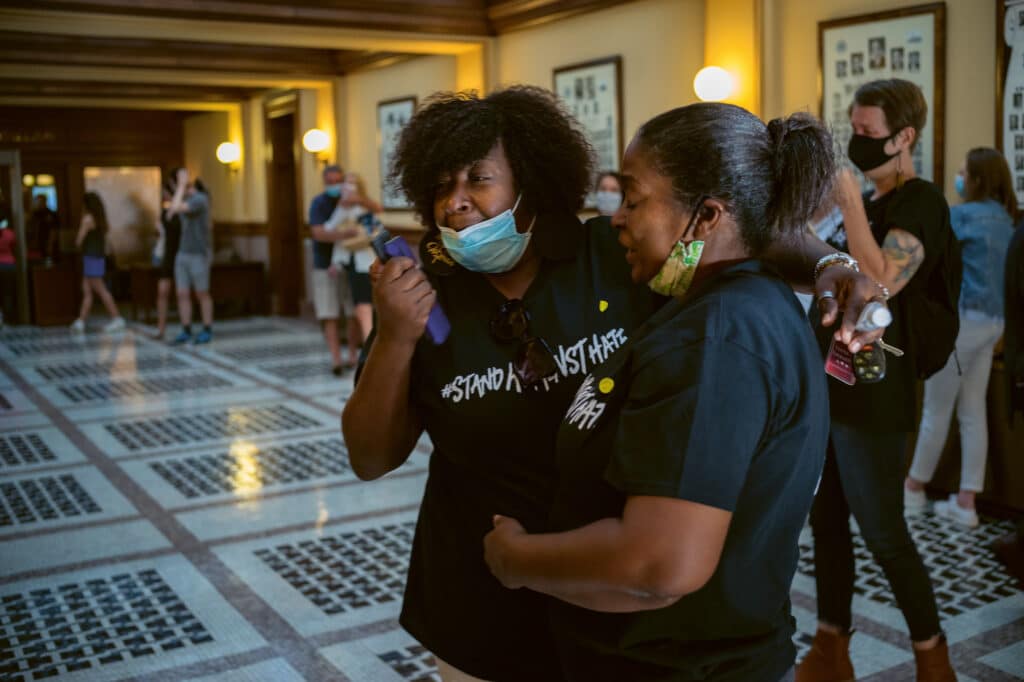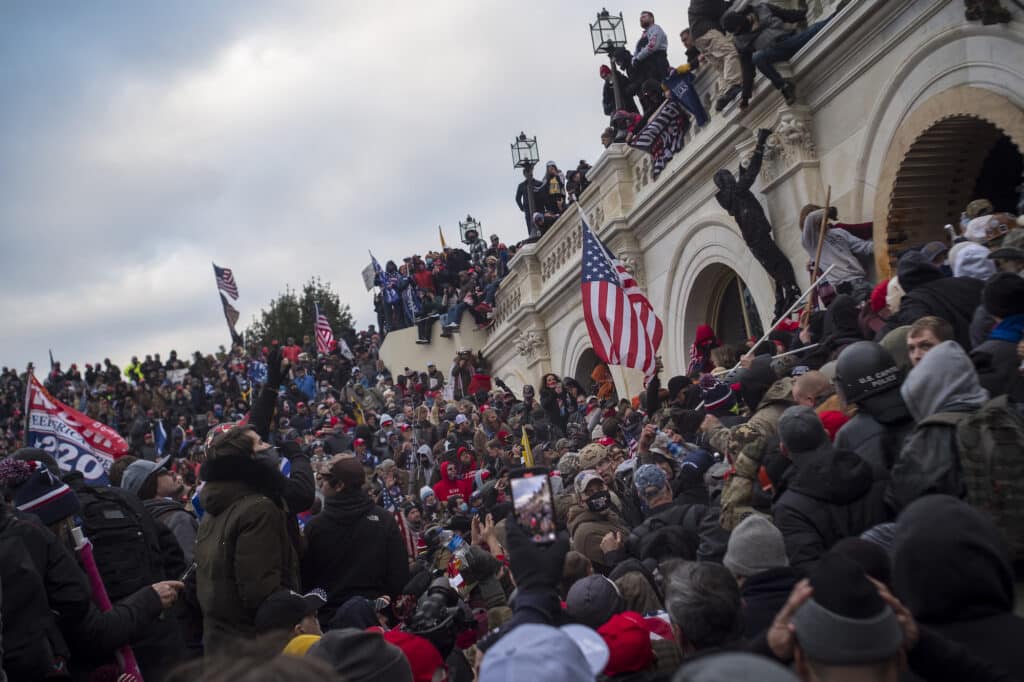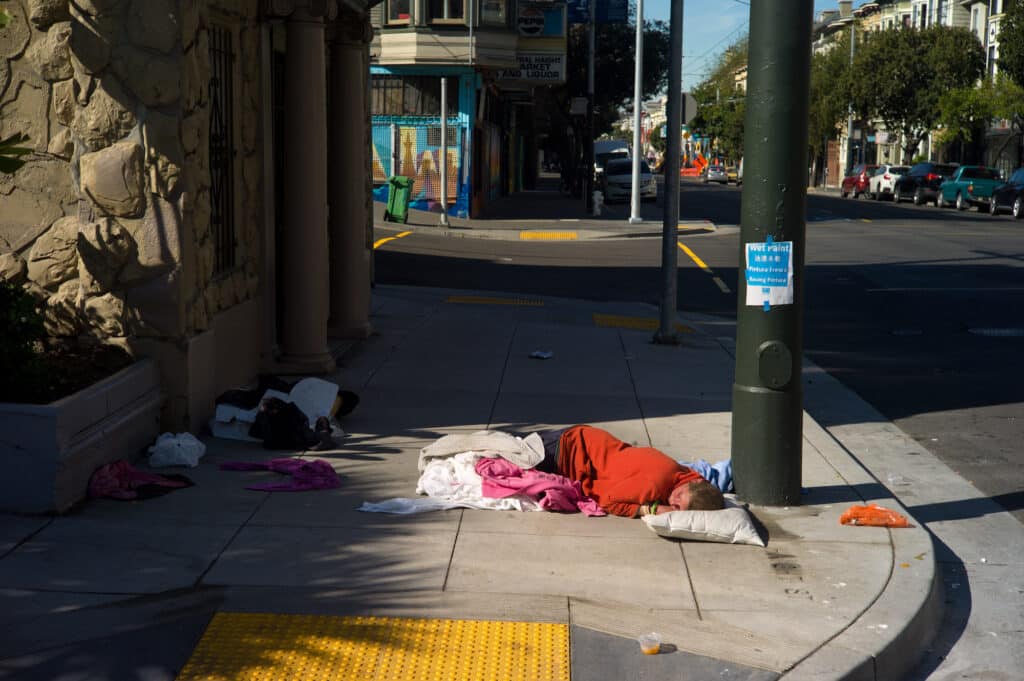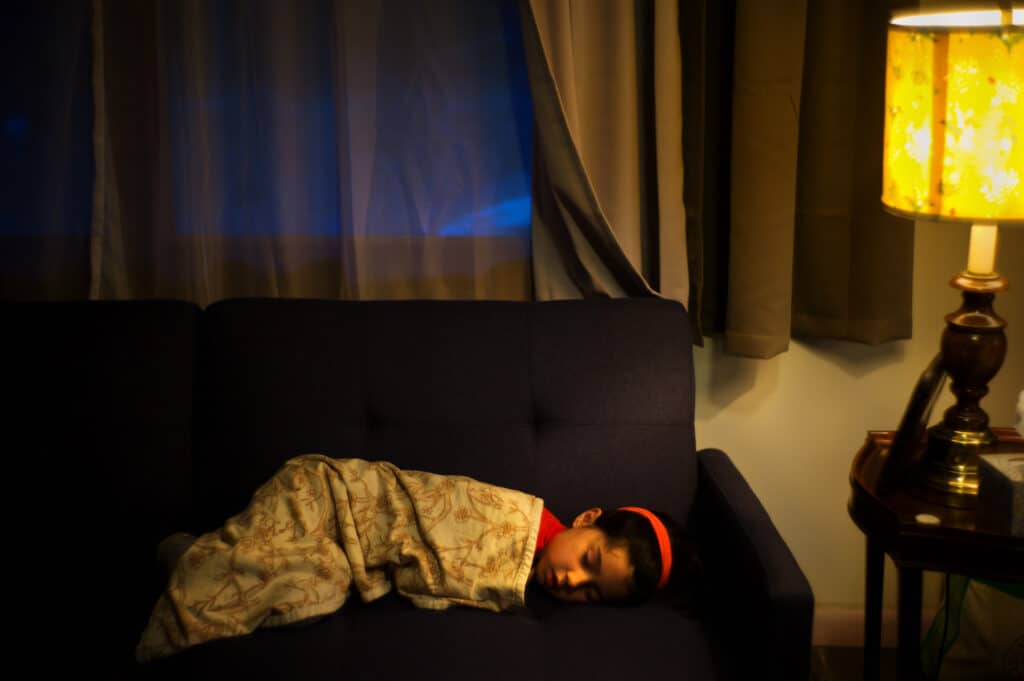In a year of incomprehensible change and upheaval, a year which will be recognized in retrospect for the collision of forces which had been embedded in U.S. society for decades, Alan Chin chose to turn his camera oIl n it all. Not just on 2020, in its unceasing chaos, but on the echoes of the past contained within it: reverberations of 1968, another year of rupture and upheaval that marked the course of the country and personal destiny for many individual Americans.
Chin, an American photojournalist, has covered war in Afghanistan, Iraq, former Yugoslavia, and, most recently, Ukraine, to name a few. In his new book, Infinity Goes Up On Trial, Chin takes his home country as his subject matter, spanning geography, ideology, and history in his quest to examine the national myths that COVID-19, the Black Lives Matter movement, and an insurrection had quickly and deftly unraveled by Jan. 6, 2021.
Chin is quick to make it clear that though he criss-crossed the country in the course of his work that year, it wasn’t all-encompassing. He visited 18 of the 50 U.S. states, and regrets not making it to the U.S.-Mexico border to include the events that were occurring at the time. But the breadth and depth of the history he has distilled, both personal and public, rests on a foundation more solid than any mere checklist.

As a photojournalist and an artist, Chin understands that the key to our nation’s histories—plural, ever evolving, ever multiplying—is found in the particular. The granularity of justice is embodied in the image of two Black women hugging one another the day the Mississippi state flag enshrining the Confederate flag was struck down, after a decades-long grassroots effort to remove the symbol of racism.
By the same token, Chin brings us, in close frames, to the faces of protesters, counter-protesters, Trump supporters, and police officers—none are spared from the unflinching gaze of the camera, the indelible mark of history. And we, the viewers, are not spared either.
The Long Arc of Justice
The book opens with a black-and-white photograph showing smoke billowing above the U.S. Capitol. It’s not a scene from 2020, but from decades before. April 6, 1968, to be exact. Dr. Martin Luther King, Jr., had been assassinated two days prior, and cities across the U.S. saw a flurry of protests which “until 2020…was the largest outbreak of unrest on the streets of the country,” Chin said.
But 2020 brought with it a confluence of events not unlike the concentrated conflict and social upheaval of 1968: there was the onset of the COVID-19 pandemic; the racial justice movement Black Lives Matter, which spread across the country following the death of George Floyd at the hands of a police officer; and an upcoming election, with the figure of President Trump looming overhead.
For Chin, thinking about the parallels between the two seminal years, separated by over five decades, was also personal. “I had spent my whole life thinking about the 1960s because I was born in ‘71,” he said in an interview in Philadelphia in July 2022. “And of course, I always felt that I had missed it. I had missed covering the Civil Rights movement, and I had missed covering Vietnam,” he said.
When Chin photographed a burning police car during the June protests in New York City—a photo included in the book—he knew he wanted to make a book about the unprecedented events of 2020 and their reverberations. “It was like a shiver down my spine,” he said. He had never seen something like that happen in his hometown in 30 years of covering events and protests in the city.
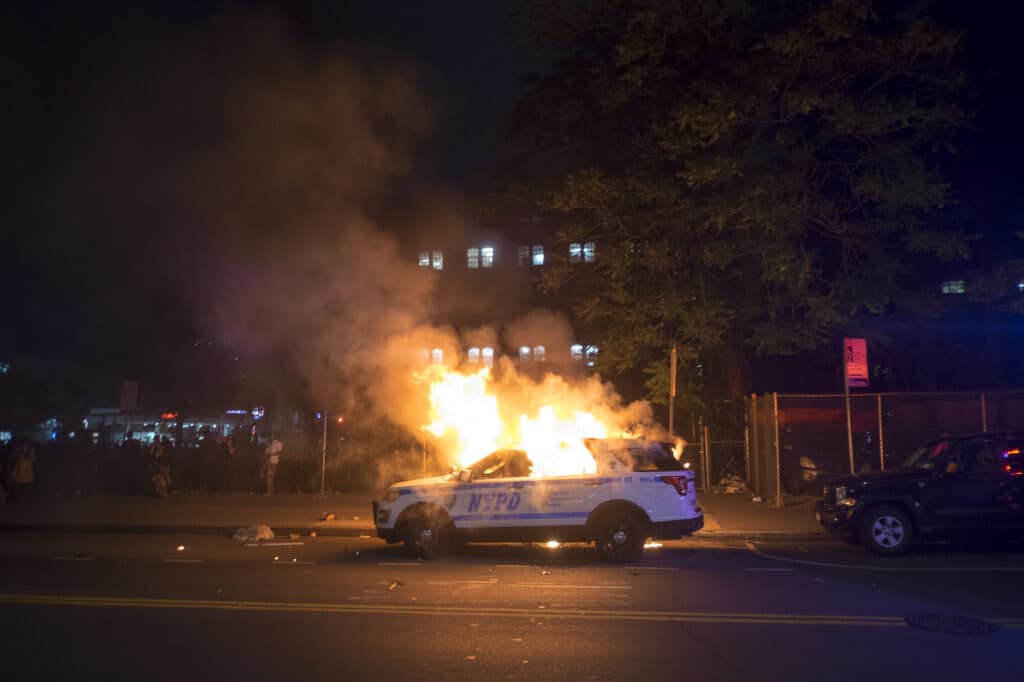
“I was just kind of thinking, ‘Well, you know, isn’t it my job to cover this not just as news?’” said Chin. “We’re living through this kind of crazy time and horrific time in some ways. But what does it all mean when you put together… a pandemic next to politics, next to the violence, next to the threat of violence… everything that seemed to be happening all at once.”
The idea further solidified over successive trips to the southern U.S., where the Black Lives Matter movement brought a long-overdue confrontation with the many monuments and symbols of the Confederacy that remained standing in public spaces. It is in the hyperlocal histories of the South where Chin’s work as a journalist and documentarian uncovers so many of the roots of the racial reckoning which we saw in 2020.
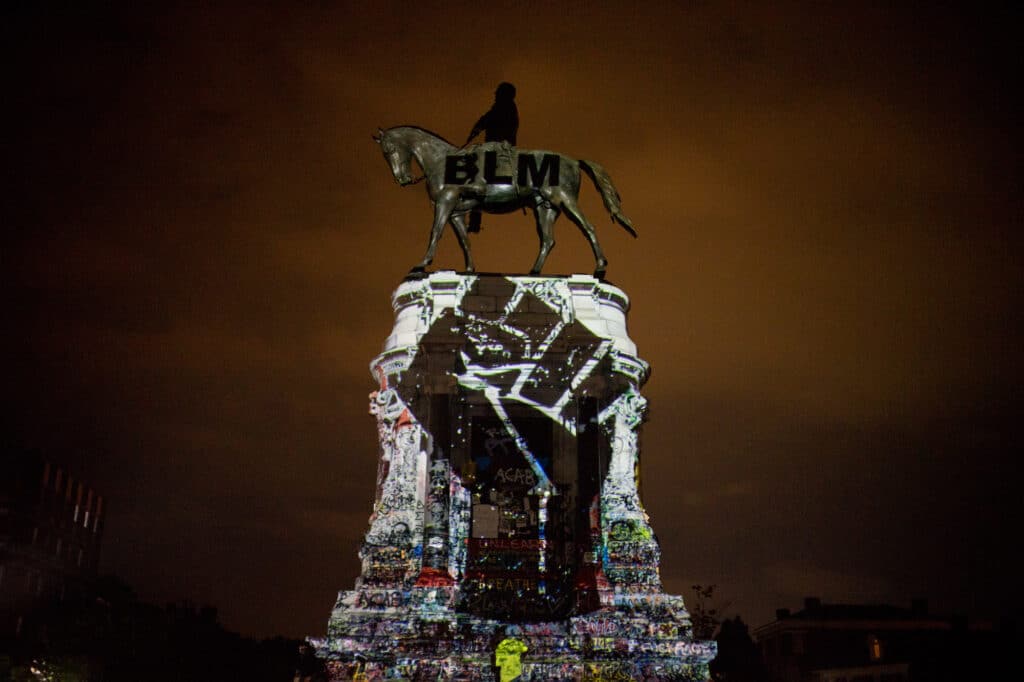
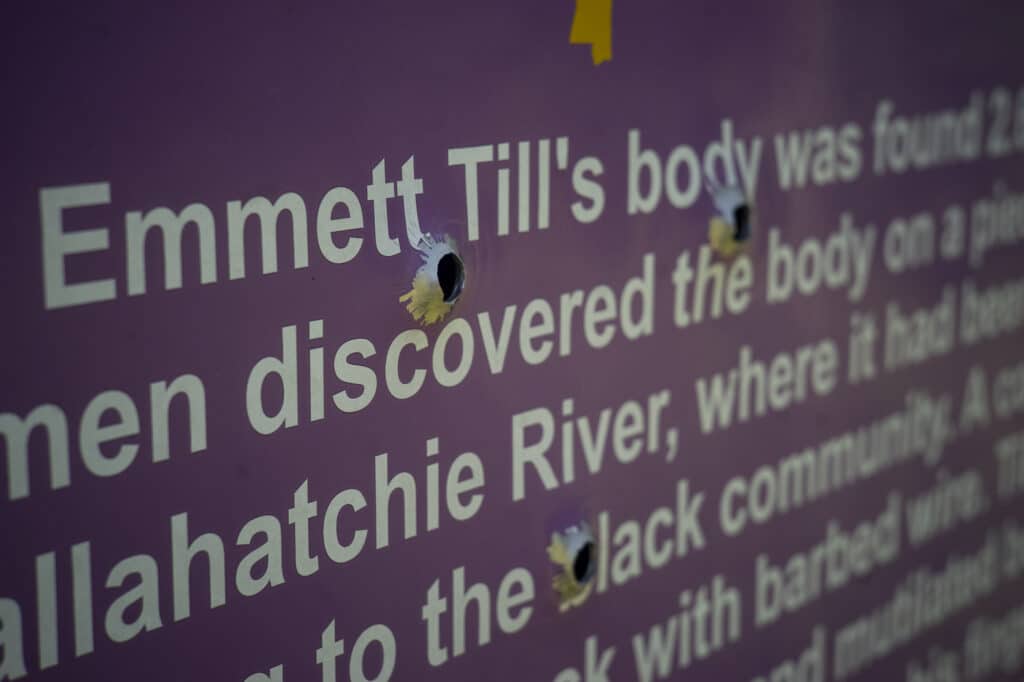
There is the photo of bullet holes in the sign in Mississippi which memorializes the site where Emmett Till’s body was found—bullet holes which appear over and over again, even to this day, as signs of the continued racist, white supremacist denial of the horrific crime which took the life of a 14-year-old Black child in 1955.
Another photo shows a Confederate monument still standing in Orangeburg, South Carolina—the town in which South Carolina Highway Patrol officers opened fire on Black protesters and killed three people on February 8, 1968.
Here, in unforgiving color and resolution, are the sins of the country. Here, also, are powerful displays of resilience, and the ongoing stories of those who have been fighting and continue to fight for change. Chin photographs an African-American burial ground in Richmond, which fell into neglect due to lack of state money, but is now being restored by a group called The Friends of East End Cemetery, led by Brian and Erin Palmer.
And on July 12, 2020, Chin was the only photographer there to witness and record the 133rd Founders’ Day gathering in the town of Mound Bayou, Mississippi. The town was founded in 1887 by formerly enslaved people, who purchased the land from Confederate President Jefferson Davis himself.
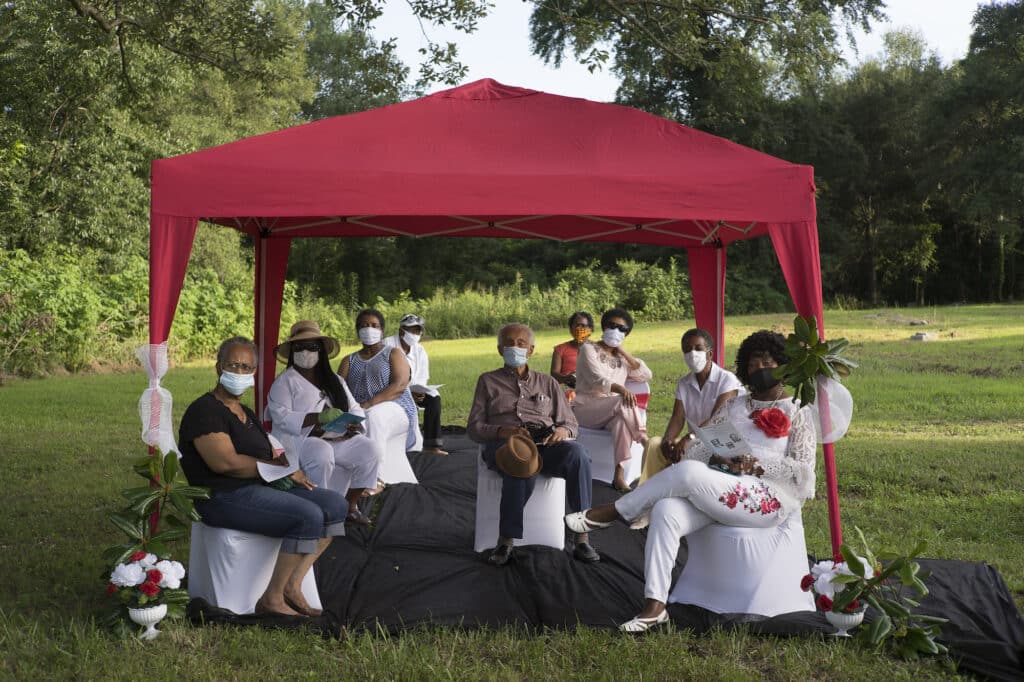
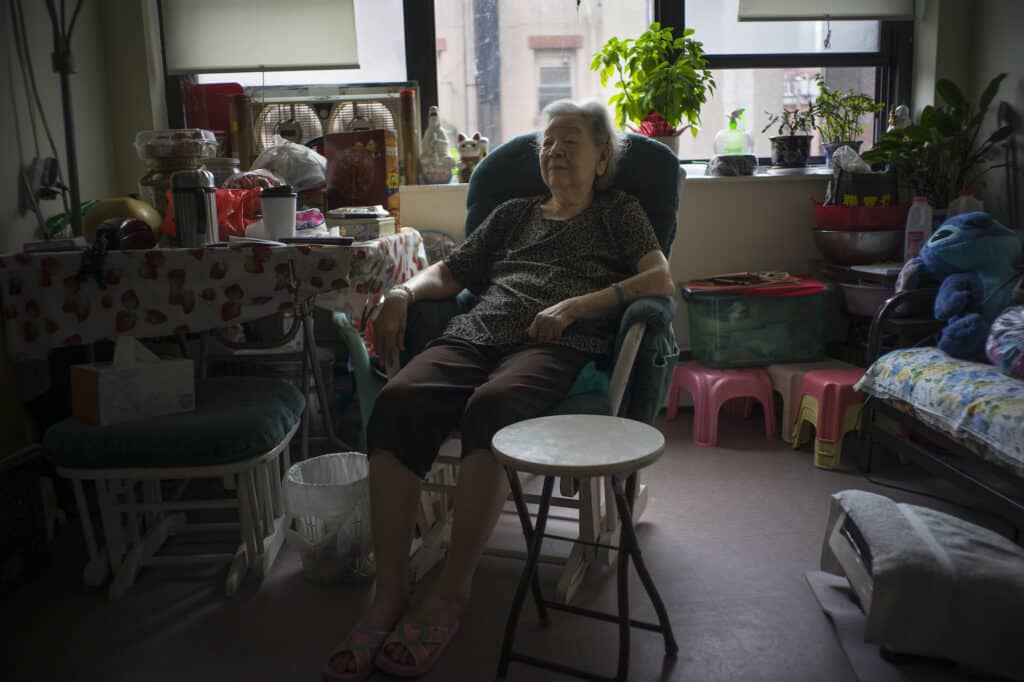
If pressed to think of more hopeful moments from 2020, this is one of Chin’s examples. Another is a portrait of an elderly Chinese-American woman, Lai Kuen Chin, who grew up in a town only a few miles from where Chin’s own parents were born in China. She survived the first year of the pandemic and received her vaccine in 2021.
Another photo Chin cites as a powerful reminder of the possibilities of change depicts civil rights activists Valerie Robinson and Sharon Brown celebrating on the day that the Mississippi state legislature voted to retire the state flag, which had an inset of the Confederate flag.
“That’s proof that activism sometimes is constructive and can be successful. And that even if it takes years and years and years, you know, they had fought against a symbol of racism and then they finally succeeded,” Chin said.
The echoes of the country’s Civil War are also a shadow of what is to come: Chin’s book ends with several images he took of the Capitol Riot on Jan. 6, 2021, as Trump supporters stormed the U.S. Capitol in an attempt to overturn the results of the 2020 election.
“The sense of a country at war… I felt that we were headed towards this precipice,” Chin said of the Jan. 6 insurrection. “Things could definitely get out of control. And as we saw with January 6, that was not an irrational thing that we were thinking.”
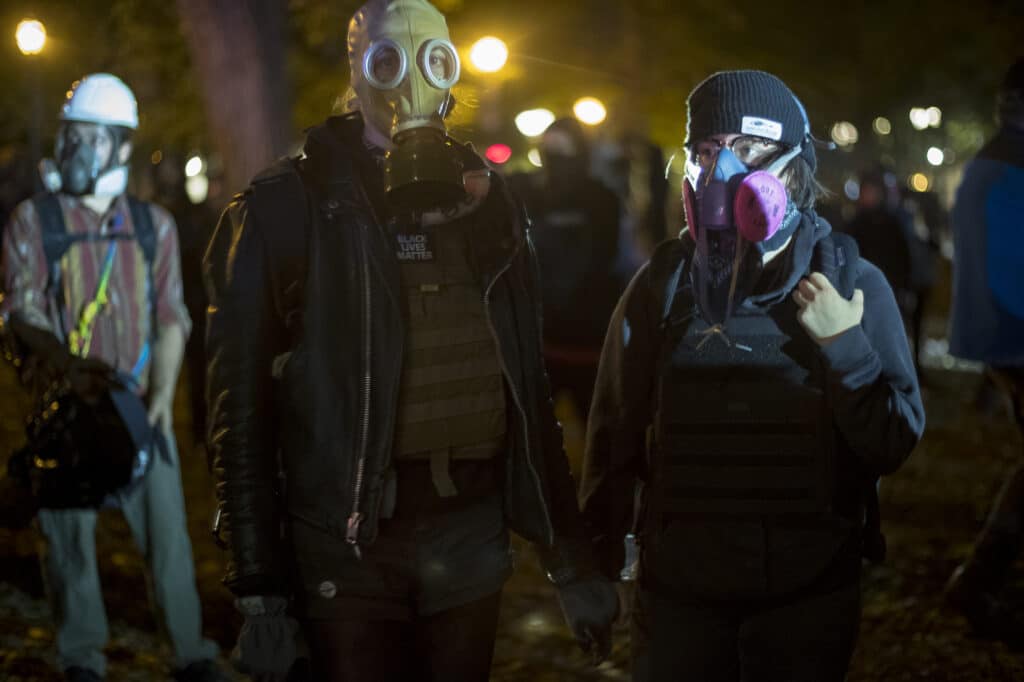
Chin, who has covered wars in other countries, said that 2020 was the first time he donned body armor and a gas mask in the U.S., while covering sustained nightly clashes in Portland, Oregon, that summer. But in what was a “very weird American thing,” Chin said, the country quickly tried to return to normal after the unprecedented events of Jan. 6. “Even though the country was shaken, and in this moment of extreme trauma, I would say there was simultaneously this desperate desire to get back to normal,” he said. It’s a fitting description for many individual and collective efforts in 2020—an attempt to pick up the pieces and put them together again, which Chin documents through the range of faces and experiences he shows in the book.
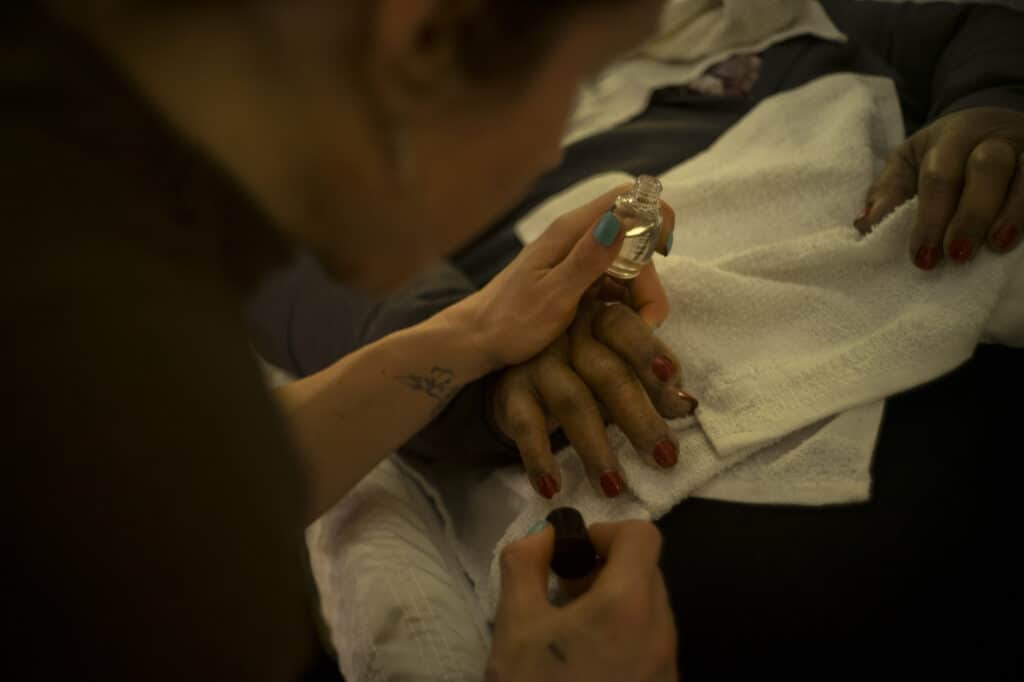
“A year doesn’t happen without the year before it, or after it. But nonetheless, I think something like 2020, just like 1968, I finally learned something about this, which is a country of people, individuals, we all go through this intense, traumatic, crazy time—it could be a week, a month or a year, however, arbitrary limit you want to put on it. And then we try to get back to normal,” he said. “But of course, what is normal? Normal is constantly evolving and constantly changing.”
To laugh and cry with the same eyes
Paging through the images of Chin’s 2020 photographs, these lines from the poet Yehuda Amichai came to mind:
A man doesn’t have time in his life
to have time for everything.
He doesn’t have seasons enough to have
a season for every purpose. Ecclesiastes
Was wrong about that.
A man needs to love and to hate at the same moment,
to laugh and cry with the same eyes,
with the same hands to throw stones and to gather them,
to make love in war and war in love.
And to hate and forgive and remember and forget,
to arrange and confuse, to eat and to digest
what history
takes years and years to do.
As a country, the U.S. didn’t have time to understand in the moment what we were seeing, the immense changes that were occurring. Thankfully, we have photography, which distills and pauses the rapid unfurling of history. We have this book, which—in a way that comes naturally to Chin, as any of his countless friends and comrades could testify—is generous beyond compare, allowing us to laugh and cry with the same eyes, to see what it is like to throw stones and to gather them, to pause long enough to wonder at the condition of being human and making our small, daily choices within the eddying whirlpool of forces beyond our control.
Throughout the book, Chin includes photos of his family and friends, including his daughter, Hannah (who is also the artist responsible for the beautiful book cover design, and the thoughtfully placed silhouetted shapes at the head of every section).
In one section, a photo of a person sleeping on a sidewalk in San Francisco in broad daylight is followed by a photo of Hannah, sleeping on a sofa, with soft lighting. The contrast is striking; both are lying in the same direction, in similar positions, with their heads cushioned on their arms. The vulnerability is the same, even if the contexts are vastly different.
It’s a theme that appears again and again throughout the book: protests erupt in Philadelphia in October 2020, only a few months after protests following the death of George Floyd. This time, a Black man, Walter Wallace, Jr., has been shot and killed by police responding to a mental health call. His mother weeps. Activists and citizens flood the streets.
And in the midst of the protests, Chin captures a woman’s face bathed in the red glow of a police car, the fingers of her left hand spread as wide as her smile, adorned with a ring from her love, who proposed only a few moments before.
To make love in war and war in love
Chin admitted that it comes naturally to him to weave his personal experiences—as a father, as a Chinese-American who grew up in New York City, as a photographer—into his visual exploration of 2020. “You actually can’t separate your own experience, as a participant and as a witness, from your experience as a journalist or photographer,” he said. “Right?”
The title of the book comes from Visions of Johanna, a song from the bard of the 60s, Bob Dylan, about being haunted by someone who is gone and feeling the pain of their absence in the presence of every other being and thing that is not them. What Chin captures in the pages of this book is also an absence—the prolonged, historical absence of the American ideal of liberty and equality amid the sharply defined, undeniable presence of those still fighting to achieve it.
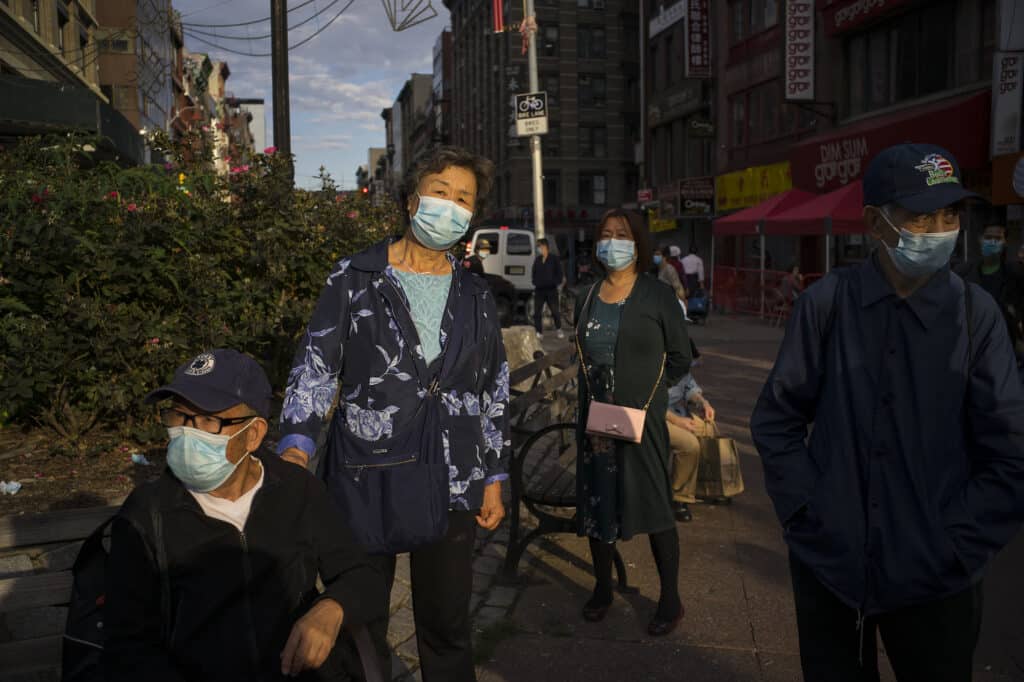
Infinity Goes Up On Trial is available from Jet Age Books.

